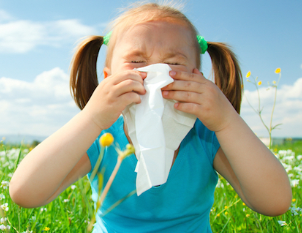 Child allergies becoming more and more typical these days, Studies have shown that more than 1 in 5 children suffer from allergies. We need to learn how to deal with it as part of live. Recent research are displaying that the number of child allergies are increasing and "Anaphylaxis", a serious sensitivity that happens where hypertension level falls and respiration becomes quite difficult is increasing as well.
Child allergies becoming more and more typical these days, Studies have shown that more than 1 in 5 children suffer from allergies. We need to learn how to deal with it as part of live. Recent research are displaying that the number of child allergies are increasing and "Anaphylaxis", a serious sensitivity that happens where hypertension level falls and respiration becomes quite difficult is increasing as well.While child can be sensitive to many things, meal is by far the most typical factor. Many times child suffer a little bit and have minimal responses of these allergies on them but many child suffer so seriously and got dealing with responses of the allergies. Running nasal area, frustration, sneezing, hacking and coughing, sight itchiness uncontrollably or watering sight are general signs of the allergies
The most typical signs that your child is sensitive to a certain type of meals might be the break of our allergy, cities or acne. Studies have shown problems and vomiting up is not unusual either. These signs are considered light and for other more serious responses like the like, call an emergency doctor right away - do not risk your child life by thinking that the response might decrease soon.








